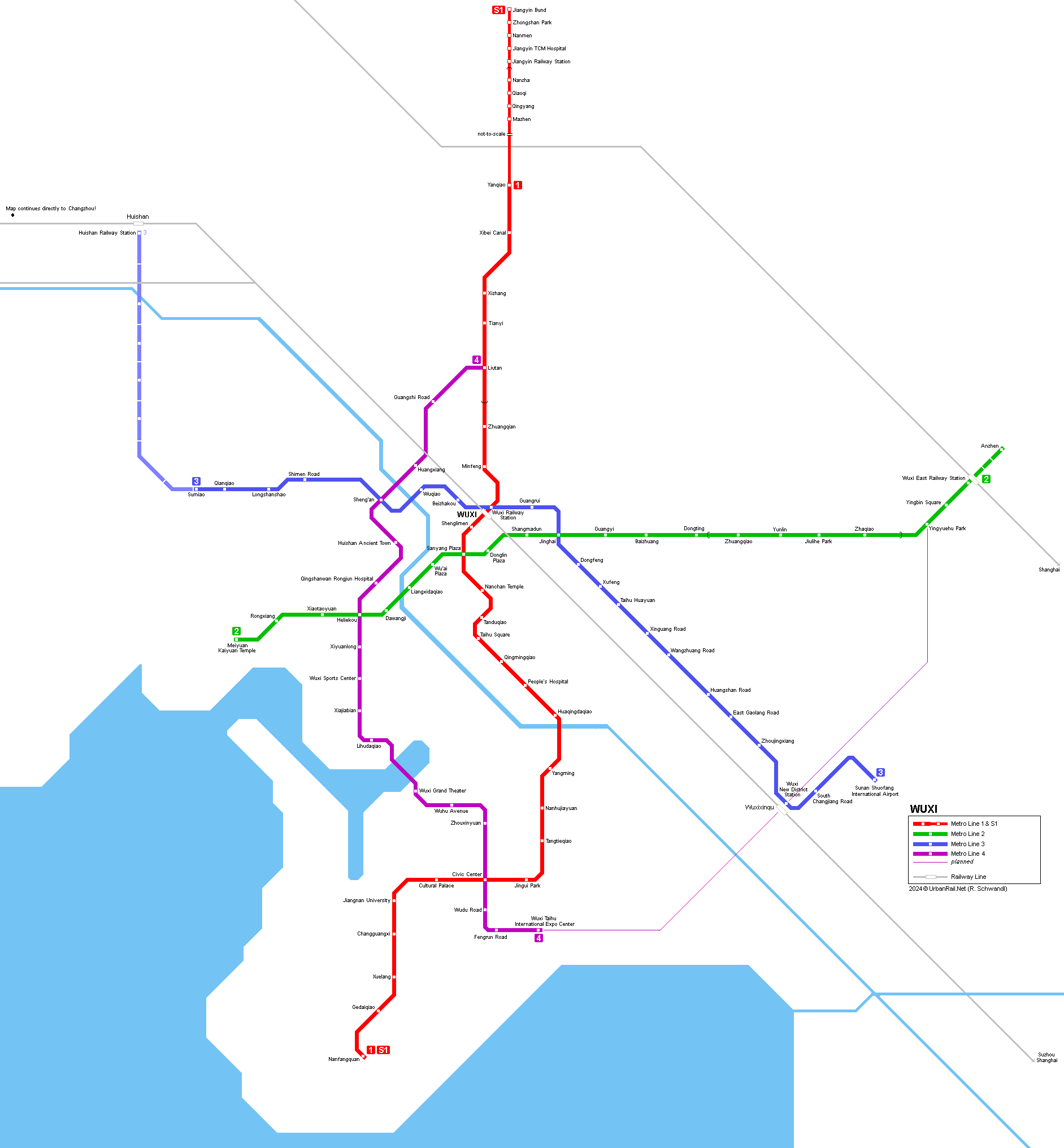
|
[ UrbanRail.Net ] [ Europe ] [ Americas ] [ Asia ] [ Africa ] [ Oceania ] [ News ] [ Books ] [ Links ] [ Blog ] [ Shop ] |
|
WUXI
|
| Jiangsu - China |

|
METRO
|
|
Wuxi, 6.3 million inhabitants, in the southern Jiangsu province, some 120 km west of Shanghai and 150 km southeast of Nanjing
|
| Lines 1 & S1 |
|
Line 1 - 34.6 km, 27 stations, north-south, 7.2 km elevated at northern end + S1 - 30.4 km (10.5 km underground), with through operation. 01 July
2014: Yanqiao - Changguangxi (29.4 km) |
|
|
| Line 2 |
|
26.7 km, 22 stations, east-west line 28 Dec 2014:
Meiyuan - Wuxi East Railway Station |
|
|
| Line 3 |
|
28.5 km, 21 stations, northwest - southeast line 28 Oct 2020:
Sumiao - Sunan Shuofang International Airport |
|
|
| Line 4 |
|
north-south line 17 Dec 2021:
Liutan – Wuxi Taihu International Expo Center (25.4 km) |
|
|
|
Links
|
|
Wuxi Metro (Official Site) Wuxi Metro at Wikipedia Wuxi Metro lines on Baidu Maps
|
|
|
|
|
|
In Sept 2018, Craig Moore reports from Wuxi: WUXI METRO Situated in the south of Jiangsu Province, Wuxi lies on the Shanghai-Nanjing CRH Line with services to both cities every few minutes (30-45mins to either city). Although it is a modern, industrial city, Wuxi has much lineage, been a major trading post since 700BC. The city joined the Metro family in 2014, a period in which the PRC experienced a rapid expansion of Metro operations, especially in second tier cities, with 8 such systems opening between 2013 and 2015. The two-line network is operated by Wuxi Metro Corporation and has 44 stations, with 54.4km revenue running (40.3km underground) – quite rarely for China, since 2014, the system has not been extended. Line 1 (28.7km) runs from the northern suburbs on a 7km elevated section before heading underground in Liangxi, and travelling via the city centre to the southwest where large-scale construction is taking place. The underground stations have island platforms, full screens, basic furniture, RTI, schematic map and central access to ticket halls (and a couple of stations have interesting ceiling designs - e.g. Civic Centre), whilst the elevated stations have side platforms, half screens, central advertising boards between the two tracks and angled corrugated roofs. This is a typical ‘+’ shaped system and Line 2 (25.7km) runs west-east from the Tai Lake area, through Binhu, Liangxi (centre) and a long stretch through Xishan, terminating at Wuxi Dong CRH Station, where an extension to Anzhen is almost complete. In the east there is a 7.1km elevated section. Stations are of a similar island platform design to Line 1 (this line opened only 6 months after Line 1), although the platforms have toned tiled walls. Sanyang Plaza has separate side platforms as does Dongting, where the ticket gates are immediately on the platform. The elevated stations have arched roofing, but are again quite basic. The only station with any real flamboyance is the transfer station of Sanyang Plaza. At entrance level this busy, circular station has a number of round pillars which fan out at the top, punctured by illuminated holes. It is a pleasant space and the perforated style continues on the ceiling of the Line 1 island platform. This is deeper than the Line 2 platforms which are side platforms, separated by a large wall, and require different access from the ticket hall. On the street, the underground stations have smart entrance porticos with totems and the elevated stations are quite large and rudimentary entities. Overall, the stations are very dimly lit and formulaic at both entrance and platform level and there is little in terms of unique features to highlight. The system is busy and easy to use, but is festooned with advertising. Fares are distance-based (2-7 Yuan) and tickets are in card form – these being tapped on the gates on entry and slotted on exit. Backlit schematic maps are plentiful on station walls, but there is no hard-copy information available. Both lines operate 6-car B type stock from CSR, using third-rail power and operating 8min base headways. There is no system map on the trains, but electronic and audio information is in Mandarin and English. The strip maps above doors are in sticker form and so there is no real awareness of trip progression. The dimness of the platforms and the small station name stickers on pillars also mean that it is difficult to know where you are on the line unless you are stood directly under a strip map (there are calligraphic station names at some stations - but no Latin names at this larger scale). The stock has distinct line colours at the front and rear of the train and there are broad vertical bands at the sides of the doors which are, again, colour-coded. But in general, the stock is, like the stations, fairly basic by Chinese standards. And so, there is nothing really startling about this Metro, but it is an interesting bellwether in terms of Metro development in China. It is a ‘goldilocks’ type system - not too big and not too small; not too old, but not too young (in a Chinese context). As such, the Wuxi Metro offers a very good illustration of Metro provision in China. It does a job in that it is clean, modern and efficient compared to many global systems, but is lacking in the design flair, buzz and intensity that you get with newer Chinese Metros, lines or extensions.
|
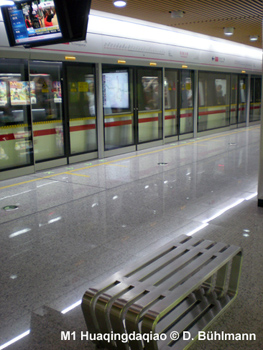
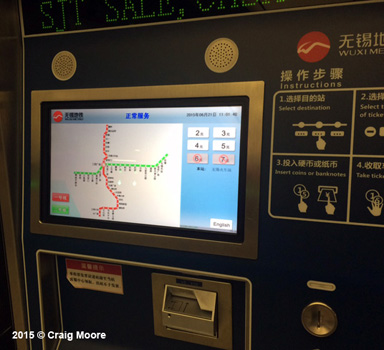
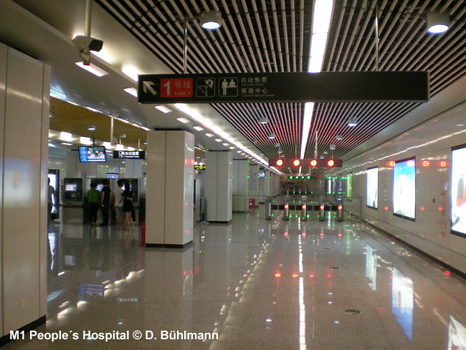
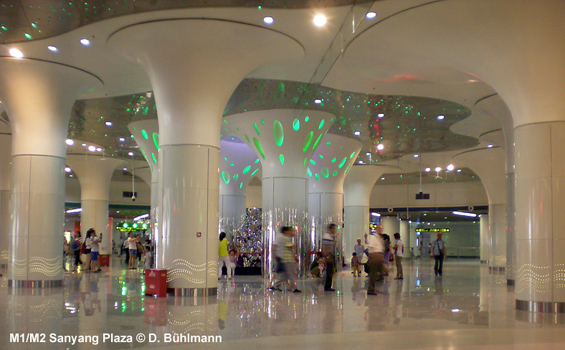
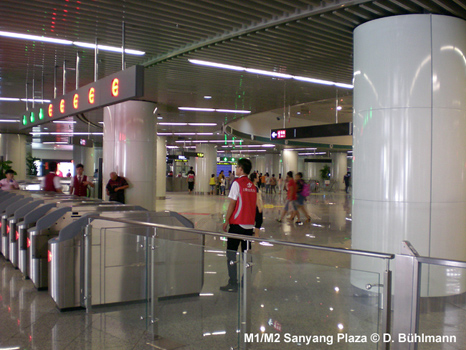
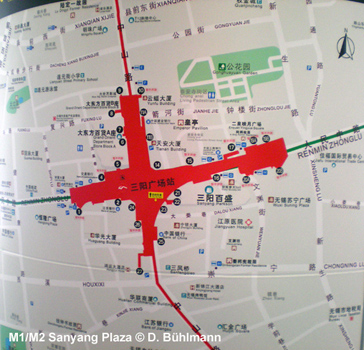
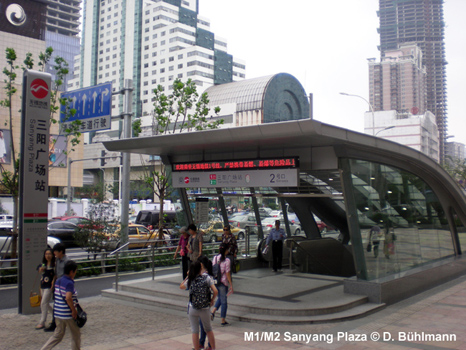
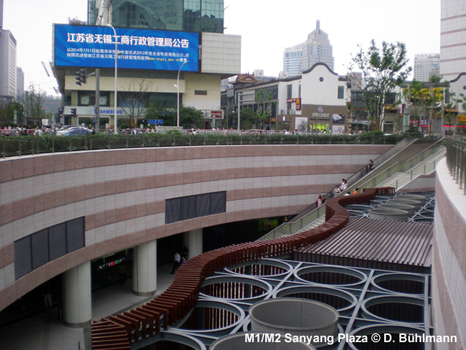
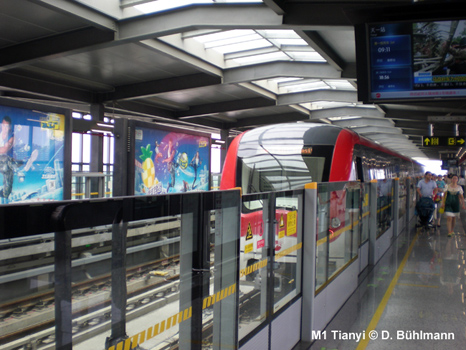
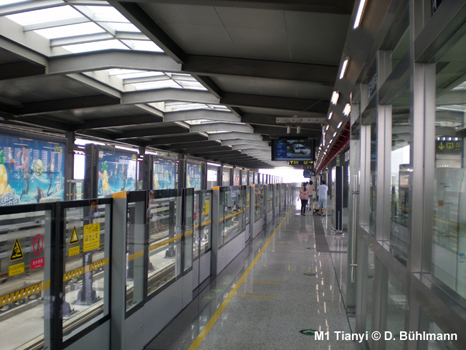
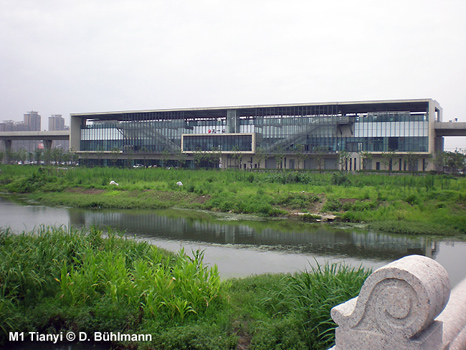
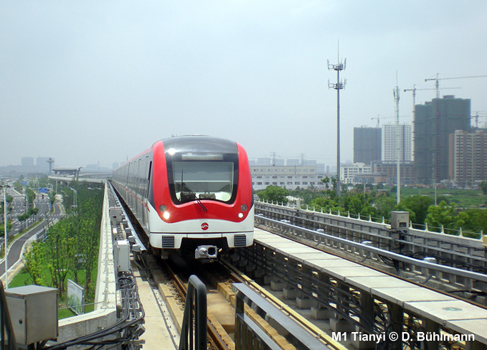
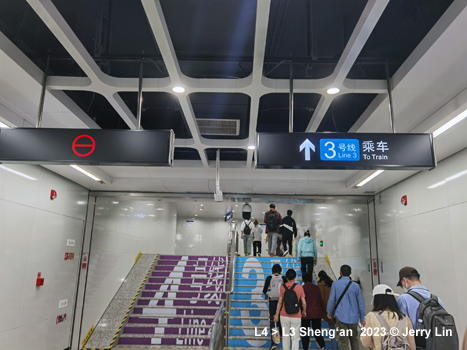 |
2014 © Robert Schwandl (UrbanRail.Net)